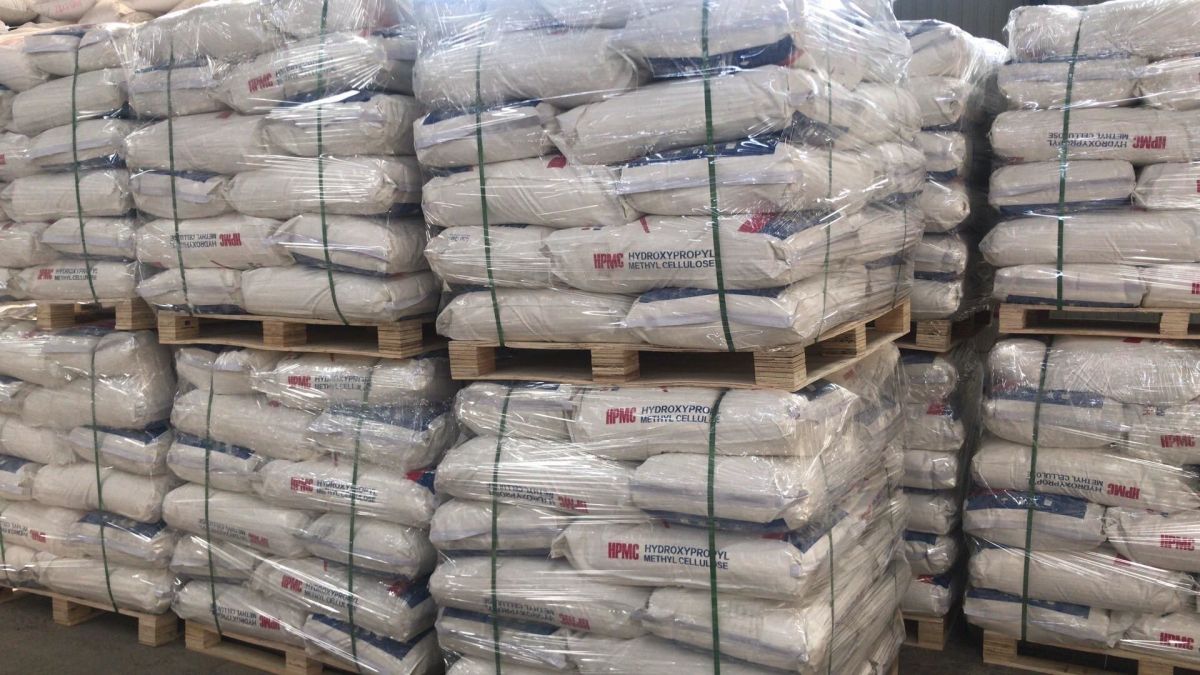The Effect of Hydroxypropyl Methyl Cellulose HPMC on the Setting Time of Concrete
The setting time of concrete is mainly related to the setting time of cement, and the influence of aggregate is not great. Therefore, the effect of hydroxypropyl methylcellulose HPMC on the setting time of underwater non-dispersible concrete mixture can be studied through the setting time of mortar. Since the setting time of mortar is affected by water, in order to evaluate the effect of HPMC on the setting time of mortar, the water-cement ratio and mortar ratio of mortar need to be fixed.
The experimental results show that the addition of hydroxypropyl methylcellulose HPMC has a significant retarding effect on the mortar mixture, and the setting time of the mortar is prolonged with the increase of the amount of hydroxypropyl methylcellulose. In the case of the same HPMC content, the mortar formed under water is better than the mortar formed in air. Medium molding takes longer to set. When measured in water, compared with the blank specimen, the initial setting time of the mortar mixed with hydroxypropyl methylcellulose was delayed by 6-18 hours, and the final setting time was delayed by 6-22 hours. Therefore, HPMC should be used in conjunction with early strength agents.
HPMC is a high molecular polymer with a macromolecular linear structure. Its functional group has hydroxyl groups, which can form hydrogen bonds with mixed water molecules and increase the viscosity of mixed water. The long molecular chains of HPMC will attract each other, making HPMC molecules intertwined to form a network structure, wrapping cement and mixing water. Since HPMC forms a film-like network structure to wrap cement, it can effectively prevent the volatilization of water in the mortar, and hinder or slow down the hydration rate of cement.
Post time: Jun-16-2023

